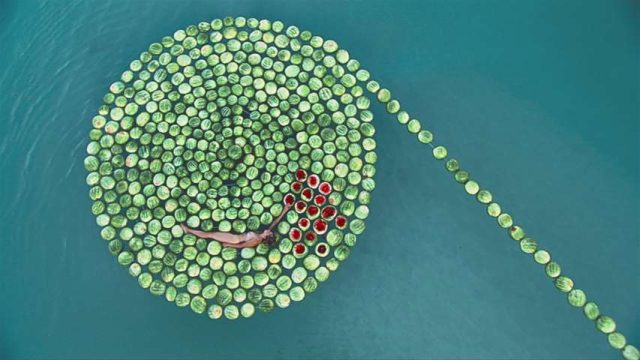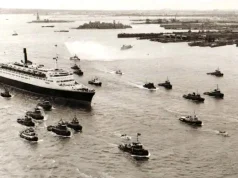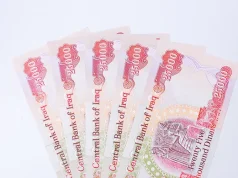
For the past twenty years, Israeli artist Sigalit Landau has developed a pioneering practice centered around the Dead Sea, a mythical, ecological, and historically charged landscape that has had a profound influence on the artist since childhood. Sigalit Landau: The Burning Sea at The Israel Museum, Jerusalem illuminates this prolific period in Landau’s career, spanning a fascinating range of sculptures, installations, video works, and photographs, including the premiere of new works and sculptures from the artist’s acclaimed series of objects transformed by the Dead Sea’s salt-rich waters. The exhibition is on view through June 17, 2023
“The Burning Sea represents a homecoming for Sigalit, who in 1995, became one of the youngest artists to ever have a solo exhibition at The Israel Museum,’” said Denis Weil, the Anne and Jerome Fisher Director of the Israel Museum, Jerusalem. “This survey of groundbreaking work dedicated to the Dead Sea holds specific significance and finds new context at the Israel Museum as home to the Dead Sea Scrolls.”
Landau, who first encountered the Dead Sea during family outings as a child, began incorporating it into her practice in the early 2000s. Nearly ten times as salty as the ocean, the Dead Sea is unable to sustain aquatic life yet it is considered one of the world’s natural marvels that attracts many people for its beauty and unique health properties. This duality of life and death, injury and healing, destruction and hope, is a driving force behind Landau’s work and a central theme of the exhibition.



The first part of the exhibition gives the impression of being underwater in a dramatic and mysterious space featuring objects Landau resurrected from the sea: fishing nets from Jaffa, a baptismal font, constructions of barbed wire, a ballet tutu, and stretchers all underwent a process of crystallization in the salty waters of the Dead Sea that turned these quotidian and practical objects into salt-encrusted, otherworldly works of art. Included in this section is Salt Crystal Bridal Gown (2014), a series of eight underwater photographs documenting a replica of the black Hasidic dress worn by Hanna Rovina, the early 20th century Hebrew theater actress who famously performed the role of a young bride possessed by the spirit of her dead lover in the play The Dybbuk (Between Two Worlds). These underwater photographs document the process of crystallization which turns the black dress completely white with salt crystals—much like a bride, but one that has been transfixed, like the Biblical Lot’s wife.
Other highlights include the premiere of a new video work Island in the Sun (Bridge II) (2022) depicting a pile of shoes Landau erected on a natural salt island in the Dead Sea that gradually turns white as they are exposed to the blanching effects of the salt. This section also continues to explore Landau’s recurring use of watermelons, a symbol of life and sweetness, including her renowned video work DeadSee (2005) in which she floats in the sea among a spiral of watermelons, and Watermelon Table (2007), which evokes the imagery of The Last Supper through watermelon carcasses placed on a table of salt, causing them to constantly change form in reaction to the substance.
The second part of the exhibition brings visitors out of the water to consider the ecological issues and political divides surrounding this environment, as well as humanity’s potential to rise above them. Looming large in the background of this section is the tragedy of the Dead Sea and the ecological man-made disaster that requires government intervention and cooperation between Israel and neighboring countries.
Presented in the last gallery space are works connected to the idea of a bridge from the Israeli to the Jordanian side of the Dead Sea, a proposal Landau has been working on for more than a decade. These include the Salt Bridge Summit, a video installation she created for the 2011 Venice Biennale depicting a conference room in which a fictional discussion is aired concerning the bridge while a young girl ties the shoes of the participants together beneath the conference table. Furthering Landau’s exploration of overcoming divisions and finding connection, a new series of video works are presented, including David (Bridge I) (2022), which shows a man skipping stones from the western part of the sea, and Across the Divide (Bridge III) (2022), featuring a young man walking on a tight rope above the landscape of the Dead Sea looking eastward. After following Landau into the depths of the salt water and experiencing both the magnificence and the devastation of the Dead Sea, the exhibition closes on an optimistic note, with the hope that we can build a bridge over burning waters.





